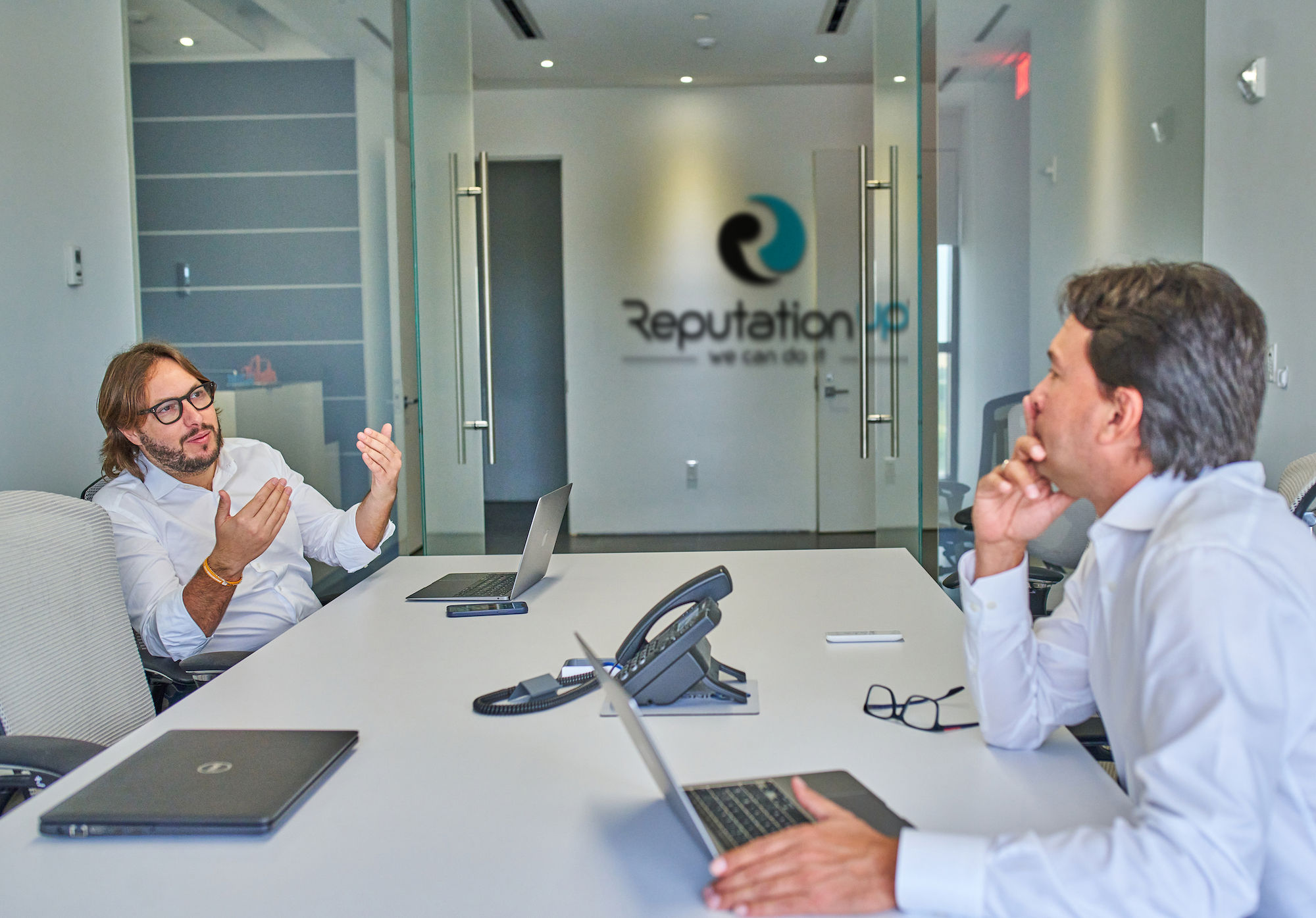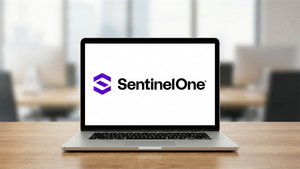Castelló de la Plana, Castellón, Spain - 02-24-2023 (PR Distribution™) - 
The medical sector has become a top target for ransomware due to its sensitive data and room for digital improvement
There are many ways that medical information can be compromised, including human error, phishing, or ransomware attacks.
Ransomware is extremely malicious and has the ability to shut down networks and cause catastrophic damage to an infrastructure.
The medical industry is aware of this threat and plans to spend $125 billion on cybersecurity between now and 2025.
HelpRansomware's capabilities have been based on ransomware prevention, removal and decryption for 25 years.
The company, led by Andrea Baggio and Juan Ricardo Palacio, is a world leader in cybersecurity and decryption.
The healthcare industry, the primary target of ransomware
Hospitals are ransomware attacks targets for two main reasons.
First and foremost, the health industry has a lot of confidential patient data that attackers might use to blackmail or extort money from companies or individuals.
The second reason is that most hospitals' medical equipment and services still need to be digitized, making them vulnerable to cybercrime.
Criminals exploit their vulnerability by spreading malware, forcing hospitals and medical centers to pay a ransom to recover encrypted files.
Medical organizations are the most likely to pay the ransom, ranking first among all sectors (61%).
“Never pay ransom to hackers”, said Andrea Baggio, CEO EMEA HelpRansomware.
Indeed, the healthcare organizations that paid the ransom recovered only 65% of their data.
In addition, communicating with cybercriminals reveals vulnerability and interest in negotiation.
The power of information in the ransomware attack
“About five years ago, we noticed a change in the trend: some companies did not want to pay because they knew that even if they did, they would not get the data;
At that moment, hackers decided to go one step further: extract important information and post it on the Deep Web,” said Juan Ricardo Palacio, CEO America HelpRansomware.
On sites located on the Deep Web or Dark Web, they sell the data to the highest bidder or simply offer it to the general public.
“Kidnapping is not removing the data, kidnapping is encrypting the data. This is how they prevent access to the information,” Palacio points out.
According to the U.S. Department of Health and Human Services, the cost of a data breach in healthcare has reached $10,10 million.
In the digital age, ransomware has become a real risk for businesses.
“This virus causes significant inactivity in companies by encrypting financial, personal or patent data,” concludes Baggio.
HelpRansomware offers 24/7 global assistance, guaranteeing data decryption in a determined and fast time.
The company is part of the ReputationUP Group, a multinational company specialized in online reputation management.
Disclaimer: The information and views set out in this press release are those of the author(s) and do not necessarily reflect the official opinion of PR Distribution, its staff, its associates, its partners or the media outlet(s) that this press release may be distributed on. Responsibility for the information and views set out in this press release lies entirely with the author(s). If you have any questions(s) pertaining to this matter, please contact the author(s) directly at: press@helpransomware.com
Media Contacts:
Company Name: HelpRansomware
Full Name: HelpRansomware
Phone: 600790569
Email Address: Send Email
Website: https://helpransomware.com/en/
For the original news story, please visit https://www.prdistribution.com/news/helpransomware-by-2025-the-healthcare-industry-will-invest-125-billion-in-cybersecurity/9557570.





